Grounding Mat vs Sheets: Which One Actually Delivers Better Results?
The earthing movement has sparked a heated debate between two camps: mat enthusiasts and sheet devotees. While both products aim to reconnect the body with the Earth’s natural energy, they don’t work in the same way. Differences in material composition, contact surface, and usage patterns can dramatically affect comfort, sleep quality, and overall well-being.
In this guide, we’ll explore the grounding mat vs sheets debate—covering materials, comfort, usage, durability, and scientific evidence—so you can choose the grounding solution that best supports your lifestyle and health goals.
Quick Comparison of Grounding Mat vs Sheets
Here's everything broken down for easy decision-making:
|
Feature |
Grounding Mats |
Grounding Sheets |
|
Price Range |
Affordable ($40–$100) |
Higher cost ($100–$300) |
|
Material |
Carbon-infused PU/rubber |
Silver-threaded cotton/polyester |
|
Conductivity |
Higher intensity, localized |
Lower intensity, distributed |
|
Comfort Level |
Firm, textured surface |
Soft, fabric feel |
|
Contact Area |
Small (feet, hands, or targeted use) |
Full body coverage during sleep |
|
Portability |
Lightweight, travel-friendly |
Bedroom-only, bulky |
|
Usage Time |
20-60 minutes/day |
6-8 hours overnight |
|
Setup Difficulty |
Plug and use |
Replace existing regular bedding |
|
Maintenance |
Wipe clean monthly |
Requires machine wash with special care |
|
Best For |
Targeted relief, daytime use |
Bedtime use for better sleep quality and systemic benefits |
|
Lifespan |
Long-lasting |
Shorter |
Grounding Mats
Understanding the specific benefits and limitations of grounding mats helps determine if they align with your wellness goals and lifestyle needs.

Advantages
-
Versatile Usage - Grounding mats work anywhere with an electrical outlet, allowing electrons act directly on targeted body areas. Use them at your desk, while watching TV, or during meditation. This flexibility makes daily grounding earthing sessions easier to maintain for consistent health benefits.
-
Durability Champion - With proper care, quality mats last 2-7 years. The robust carbon-rubber construction resists wear better than earthing bed sheets, making them a solid long-term investment that doesn't require frequent replacement like fabric alternatives.
-
Low Maintenance - Simply wipe clean with a damp cloth monthly. No special detergents, no degradation from washing, no complex care instructions. Perfect for busy lifestyles while maintaining the conductivity needed for electrons to act effectively.
-
Travel-Friendly - Roll it up and go. Mats fit easily in luggage, making it simple to maintain your grounding routine.
Disadvantages
While grounding mats offer notable benefits, several limitations may impact their effectiveness for certain users and applications.
-
Limited Contact Area - Most mats cover only 2-5 square feet, restricting full-body grounding and earthing health benefits. More research suggests whole-body exposure may offer superior health implications compared to localized treatment.
-
Comfort Challenges - The firm, rubber-like surface feels unnatural for extended use. Some users report discomfort when sitting or lying on mats for more than an hour, potentially limiting the time needed to speed wound healing processes.
-
Active Participation Required - Unlike earthing sheets that work passively while you sleep, mats demand conscious effort. You must remember to use them and maintain proper positioning for electrons to act properly.
-
Temperature Issues - Mats can feel cold in winter and sticky in summer. Without climate control, comfort becomes a real concern during extended sessions needed for medical treatment support.
Grounding Sheets
Earthing sheets represent a different approach to grounding, offering unique advantages for those seeking overnight wellness benefits without active participation.

Advantages
-
Full-Body Coverage - Earthing sheets provide continuous grounding across your entire body throughout the night. This systemic coverage maximizes the flow of electrons for more comprehensive health benefits.
-
Passive Healing - Simply sleep as usual while the sheets speed wound healing and reduce inflammation. No extra effort, no schedule to maintain. You're experiencing grounding earthing benefits for 6-8 hours automatically every night.
-
Comfort First - Modern earthing sheets feel like regular bedding. The silver threading blends seamlessly with cotton, creating a soft, breathable sleeping surface that doesn't interfere with medical treatment or sleep quality.
-
Seamless Integration - Replace your regular sheets and let electrons act naturally throughout the night. No lifestyle changes needed beyond your initial setup, making it easier to maintain consistent grounding earthing practice.
Disadvantages
Despite their convenience, grounding bed sheets come with specific challenges that users should consider before investing in this wellness approach.
-
Higher Initial Cost - Quality earthing sheets run $100-300, significantly more than basic mats. The investment can feel steep for first-time users exploring grounding earthing as a complementary medical treatment support.
-
Wear and Tear Over Time - The silver threading that enables electron transfer gradually degrades with use and washing, reducing conductivity and effectiveness.
-
Maintenance Requirements – Frequent and proper washing is necessary to preserve conductivity. Improper care can accelerate the breakdown of silver fibers.
-
Limited Portability – Grounding sheets are designed primarily for beds, making them less practical for travel or daytime use compared to portable mats.
What Grounding Mats and Sheets Are Actually Made Of
Grounding mats and sheets share the same goal—connecting the human body to Earth's surface through an electrical connection—but their construction couldn't be more different.
Grounding Mats
Grounding mats are designed for durability and targeted grounding. They typically feature:
-
Conductive Surface – Made from carbon or silver threading to enable electron transfer.
-
Backing Layer – Non-conductive materials such as vinyl, rubber, or PU leather provide structure, cushioning, and durability.
-
Surface Finish – Textured or smooth top ensures non-slip comfort for desks, floors, or yoga-style use.
-
Thickness – Usually between 2–10 mm for a balance between flexibility and support.
-
Easy Maintenance – Non-porous surface allows quick cleaning with a damp cloth.
Most mats use carbon-infused polyurethane as their primary conductor. The material feels similar to a yoga mat but with embedded conductive fibers running throughout to transfer electrons.
Grounding Sheets
Grounding sheets, on the other hand, prioritize comfort and full-body coverage. They incorporate:
-
Fabric Base – Made from soft cotton or polyester blended for a cozy feel.
-
Conductive Content – Usually silver or other conductive fibers woven throughout the fabric.
-
Thickness – Comparable to standard bedding, ensuring comfort without bulk.
-
Sheet Options – Available as flat sheets for convenience or fitted sheets for a secure, snug fit. Check out more differences in the article Grounding Fitted Sheet vs Flat Sheet.
-
Washability – Designed to be machine-washable, though gentle care is required to preserve conductivity.
When choosing grounding sheets, consider bed size, lifestyle, and material quality. Prioritize sheets with high-quality conductive fibers, a proper fit, and trusted construction to ensure long-term comfort and effective grounding benefits. For additional guidance, see our choosing tips here.
Material Density Affects Performance
The density and quality of conductive fibers directly affect how well grounding products perform. Mats, with their higher concentration of carbon or silver, tend to help deliver stronger, localized conductivity that lasts longer with minimal maintenance.
Sheets, while more comfortable and suited for overnight use, rely on a lower density of conductive silver fibers, which gradually degrade over time and require careful washing to maintain effectiveness.
Optimal Times and Locations to Use for Maximum Benefits
The timing of grounding practices can significantly influence how effective they are, and understanding the difference between a grounding mat vs grounding sheet helps you maximize results. Each serves distinct needs depending on your lifestyle and goals.
Grounding Mats
Mats are best for daytime use, especially during stress or long sitting. Placing feet or hands on a grounding mat while working, watching TV, or meditating provides 20–60 minutes of targeted grounding. These short sessions help relieve inflammation, tension, and stress. Mats are also portable, making them useful for travelers to reset circadian rhythms after flights.
Tips for Use:
-
Morning sessions: 20-30 minutes while working
-
Post-workout: 40-60 minutes for muscle damage recovery
-
Evening wind-down: 30 minutes before bed to reduce stress
The sweet spot? Consistency beats duration. Daily 30-minute sessions keep your body more grounded than sporadic 2-hour marathons, helping maintain lower inflammation over time.
Grounding Sheets
Sheets are designed for overnight grounding, delivering passive benefits while you sleep. With 6–8 hours of full-body contact, grounding bed sheets help reduce inflammation, improve sleep quality, and restore overall balance during rest. Their strength lies in cumulative, long-term use.
Tips for Use:
-
Minimum 4 hours of continuous direct contact
-
Full night's sleep (6-8 hours) shows the best results
-
Initial adjustment period: 2-3 weeks for longer periods
Start with shorter sessions. Some people might experience mild tingling or warmth initially—totally normal as the human body adjusts to earth's electrons. Gradually increase duration over 7-10 days.
Direct Skin Contact Requirements and Comfort Factors
Direct skin contact isn't optional—it's mandatory for electrons to act effectively and deliver biological effects.
Grounding Mats
-
Bare feet or exposed skin
-
No socks, shoes, or barriers blocking electrons
-
Slight moisture improves conductivity
-
Positioning flexibility (feet, hands, back)
The texture? Think gym equipment meets an acupressure mat. Some people feel instantly grounded and energized, while others need a short adjustment period.
Grounding Sheets
-
Minimal clothing (underwear or naked)
-
Direct contact with 20-30% of the body surface
-
Natural fabrics are only when wearing clothes
-
Consistent positioning throughout the night
Comfort varies dramatically. Sheets feel like regular bedding with a slightly cooler touch—the silver threading doesn't retain heat like cotton. Mat surfaces range from smooth to textured, with ribbed options providing mild massage effects.
The dealbreakers:
-
Mats get sticky in summer without AC
-
Sheets can feel "clinical" to sensitive sleepers
-
Both conduct free electrons from the Earth (some feel mild tingling)
-
Pet hair reduces effectiveness significantly
Winter presents unique challenges. Layering defeats the purpose of physical contact, so heated bedrooms become essential for sheet users. Mat users can wear thin cotton clothing on the upper body while grounding through the feet.
Some people with sensitive skin report mild allergic reactions to silver content—always test grounding patches or adhesive patches before committing to full sheets, ensuring comfort while staying grounded safely.
How Long Do Grounding Mats and Sheets Last?
Lifespan is one of the most overlooked factors when deciding between a grounding mat vs grounding sheet. While both deliver grounding benefits, their durability differs significantly due to materials and care requirements.
Grounding Mats
Mats are built to last. With their carbon-infused polyurethane or rubber surfaces, a well-maintained mat can remain effective for 2–7 years. Since they don’t require machine washing, their conductive properties degrade much more slowly. Simply wiping them clean monthly is enough to keep conductivity intact, making them a reliable long-term investment.
Maintenance Tips:
-
Avoid folding or creasing the conductive layer to prevent damage.
-
Keep away from sharp objects and high heat.
-
Wipe monthly with a damp cloth and mild soap to remove buildup.
Grounding Sheets
Sheets, on the other hand, have a shorter lifespan. The silver fibers woven into the cotton fabric naturally oxidize and break down with repeated washing and use. Even with proper care, most sheets remain fully effective for 2–3 years before conductivity noticeably declines. Their need for frequent washing further accelerates wear, making replacement more frequent and costly compared to mats.
Maintenance Tips:
-
Wash gently with mild detergent—never use bleach, fabric softeners, or harsh chemicals.
-
Air dry or tumble dry on low heat to preserve silver fibers.
-
Store folded neatly when not in use.
For detailed care instructions, see our full guide on How to Wash Grounding Sheets Properly.
The surprising factor? Despite their shorter lifespan, grounding sheets often deliver better value per use. They provide 6–8 hours of effortless grounding every night—compared to the 30–60 minutes a mat typically offers, which requires conscious effort and active participation. Sheets also cover a much larger skin contact area, maximizing exposure to Earth’s electrons while you sleep.
💡 Critical: For both mats and sheets, test conductivity monthly with a multimeter to ensure the electrical connection remains strong.
Scientific Evidence: Do These Products Deliver Results?
The research on earthing products shows promising indications that grounding may have meaningful biological effects. A 2010 study reported that participants using grounding mats experienced a reduction in delayed-onset muscle damage, even in a small sample of 8 people. While modest, these results highlight the potential of targeted grounding for recovery and show how staying grounded may help the body repair faster.
More compelling evidence comes from cortisol levels. Research published in the Journal of Alternative and Complementary Medicine tracked 12 subjects using grounding sheets for 8 weeks. Results showed:
-
Normalized cortisol levels in 11 out of 12 participants
-
Improved sleep onset (falling asleep 15 minutes faster on average)
-
Reduced pain and stress levels during sleep
Although many early studies had small sample sizes or lacked control groups, thermographic imaging consistently shows reduced inflammation after grounding, and blood viscosity tests reveal improved circulation—blood cells become less “sticky” after just 40 minutes of direct contact with the ground.

A study published in 2007 suggests that free electrons from the Earth’s surface may act as natural antioxidants, potentially supporting immune function and reducing chronic inflammation.
While larger studies are needed to fully confirm effects on cardiovascular and other chronic diseases, the existing evidence points to real, measurable physiological benefits and positions grounding as a promising area for future wellness research.
Ready to Ground Your Sleep Better with Homlyns?
The grounding debate ends here. After extensive testing comparing grounding mat vs sheets, the verdict is clear: both deliver health benefits through earth's surface electrons, but your lifestyle determines the winner.
Key takeaways:
-
Sheets excel for sleep quality improvement and reducing chronic inflammation
-
Mats provide superior targeted relief and support wound healing
-
Choose according to lifestyle and budget: Mats for portability and focused use; sheets for overnight, full-body grounding
- Consistency in spending time grounding, such as walking barefoot, beats occasional intense sessions
Ready to experience grounding's science-backed benefits? Homlyns offers premium grounding sheets crafted with 95% cotton and 5% pure silver fiber—the perfect ratio for comfort and conductivity. Our Queen and King size options provide full-body overnight grounding for better sleep and overall well-being, with the durability to outlast typical grounding products.
Reference:
- Brown D, Chevalier G, Hill M. Pilot study on the effect of grounding on delayed-onset muscle soreness. J Altern Complement Med. 2010;16(3):265-273. doi:10.1089/acm.2009.0399
- Chevalier G, Sinatra ST, Oschman JL, Delany RM. Earthing (grounding) the human body reduces blood viscosity-a major factor in cardiovascular disease. J Altern Complement Med. 2013;19(2):102-110. doi:10.1089/acm.2011.0820
- Ghaly M, Teplitz D. The biologic effects of grounding the human body during sleep as measured by cortisol levels and subjective reporting of sleep, pain, and stress. J Altern Complement Med. 2004;10(5):767-776. doi:10.1089/acm.2004.10.767
- Oschman JL. Can electrons act as antioxidants? A review and commentary. J Altern Complement Med. 2007;13(9):955-967. doi:10.1089/acm.2007.7048




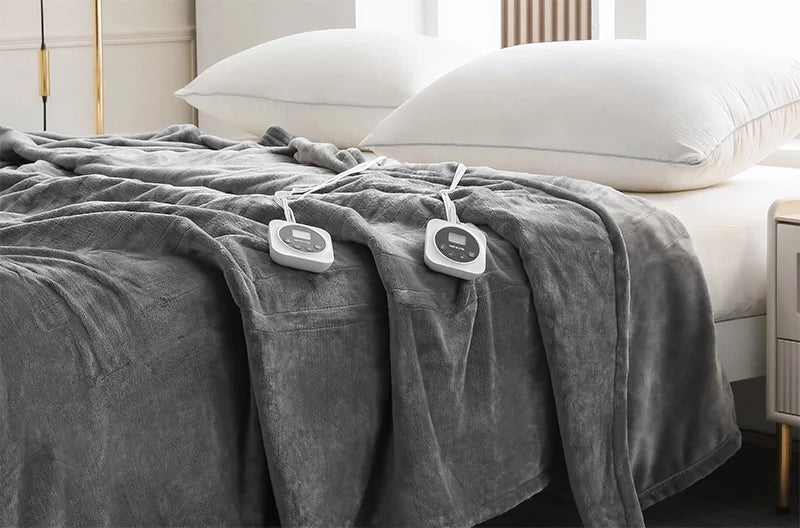
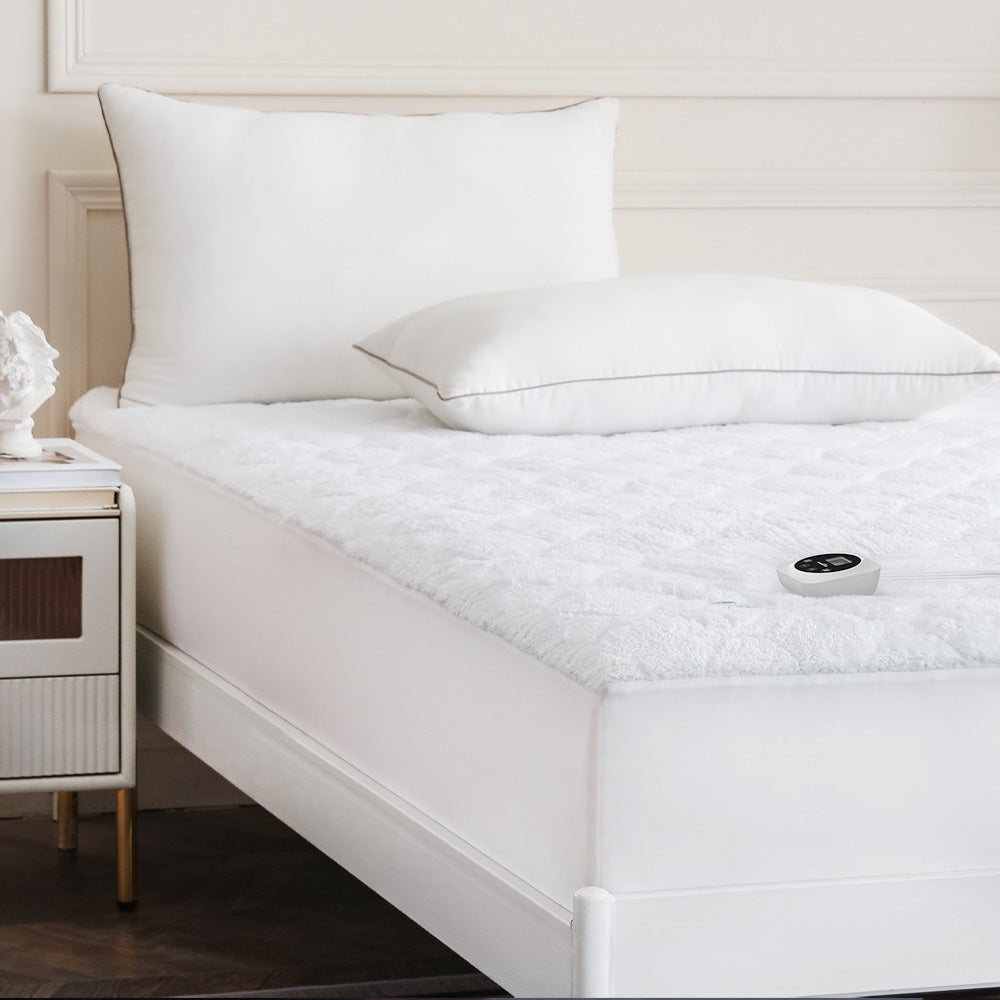
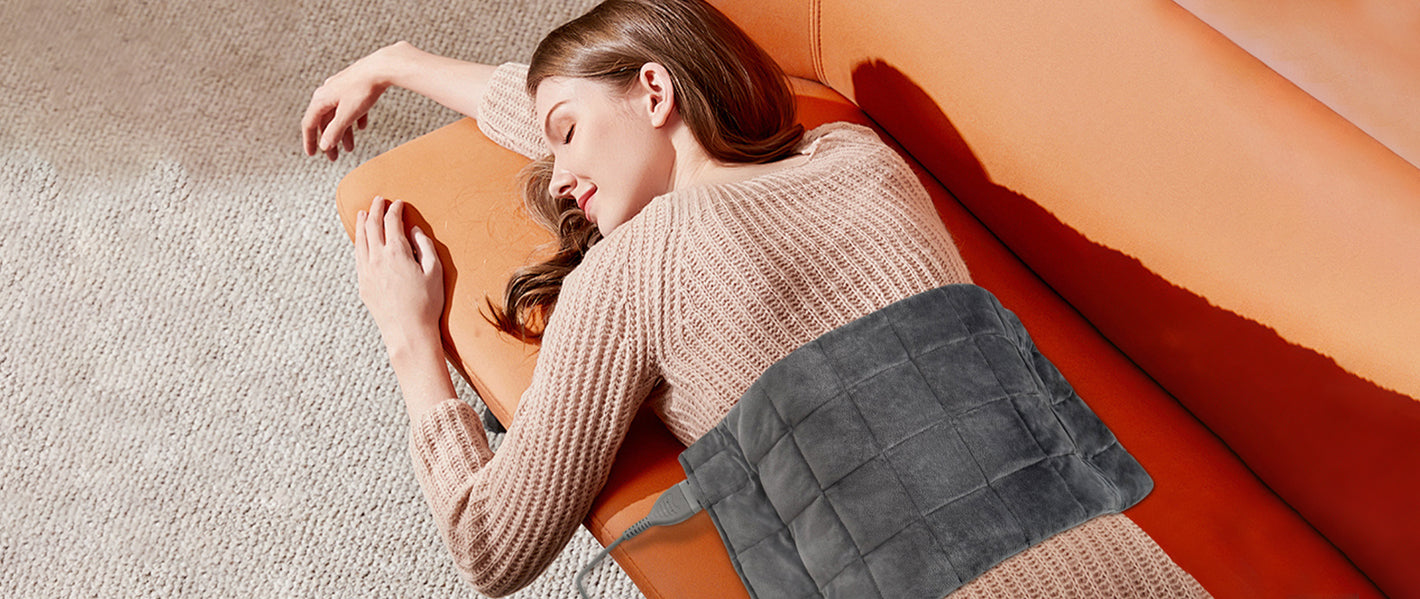
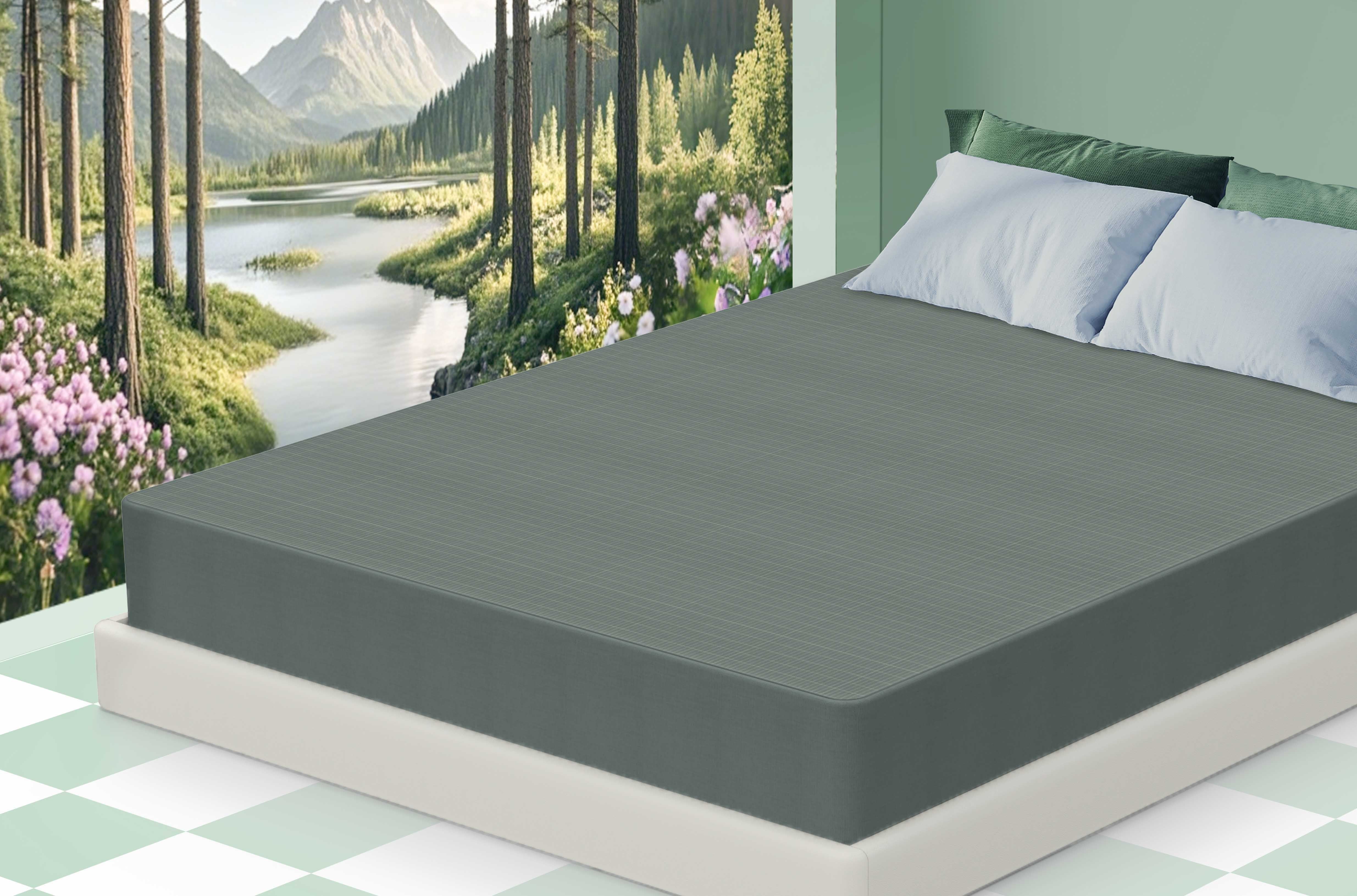
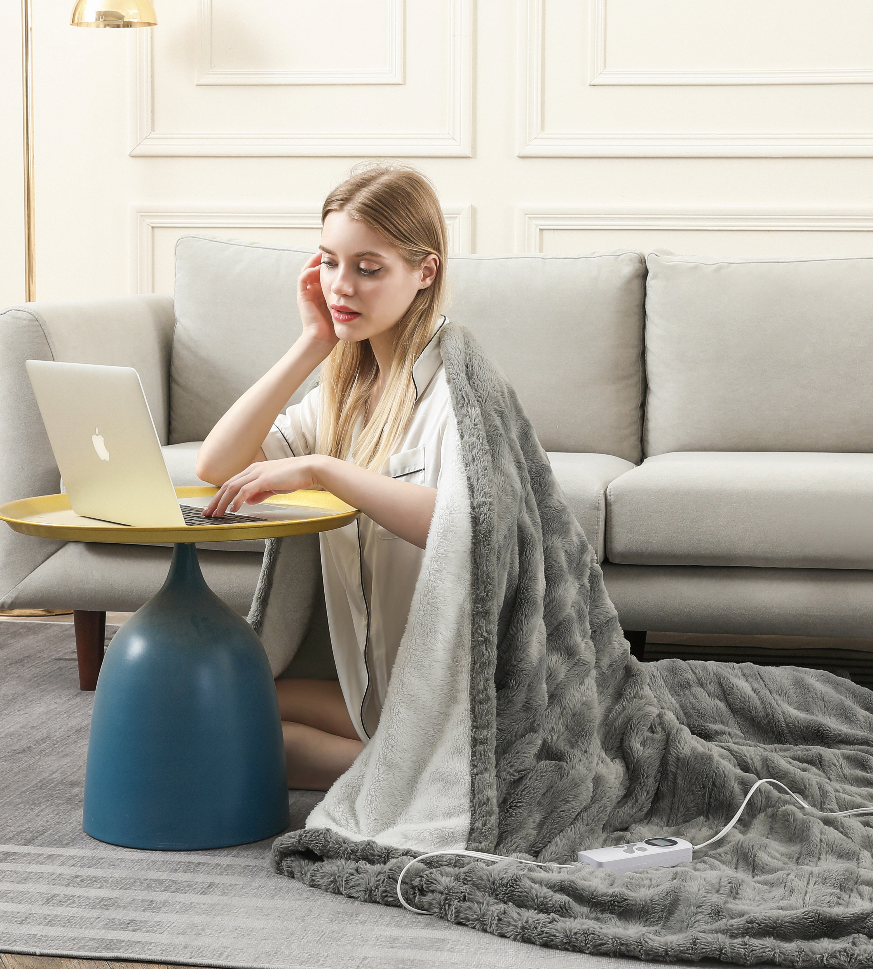
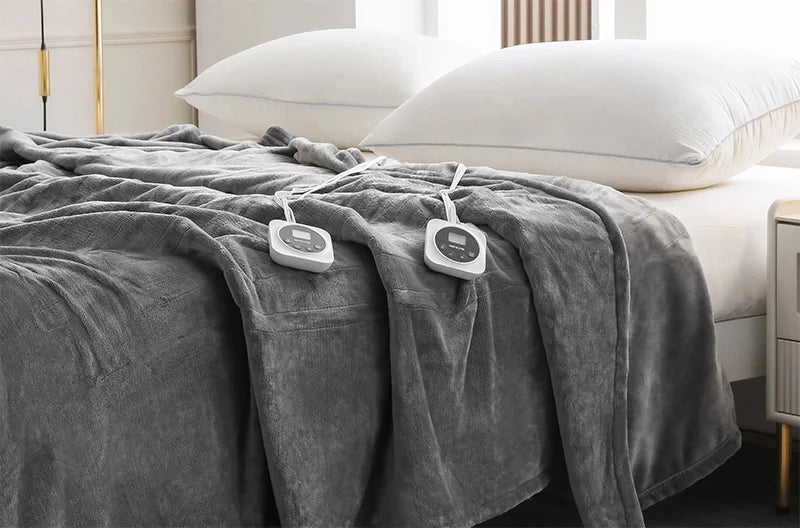
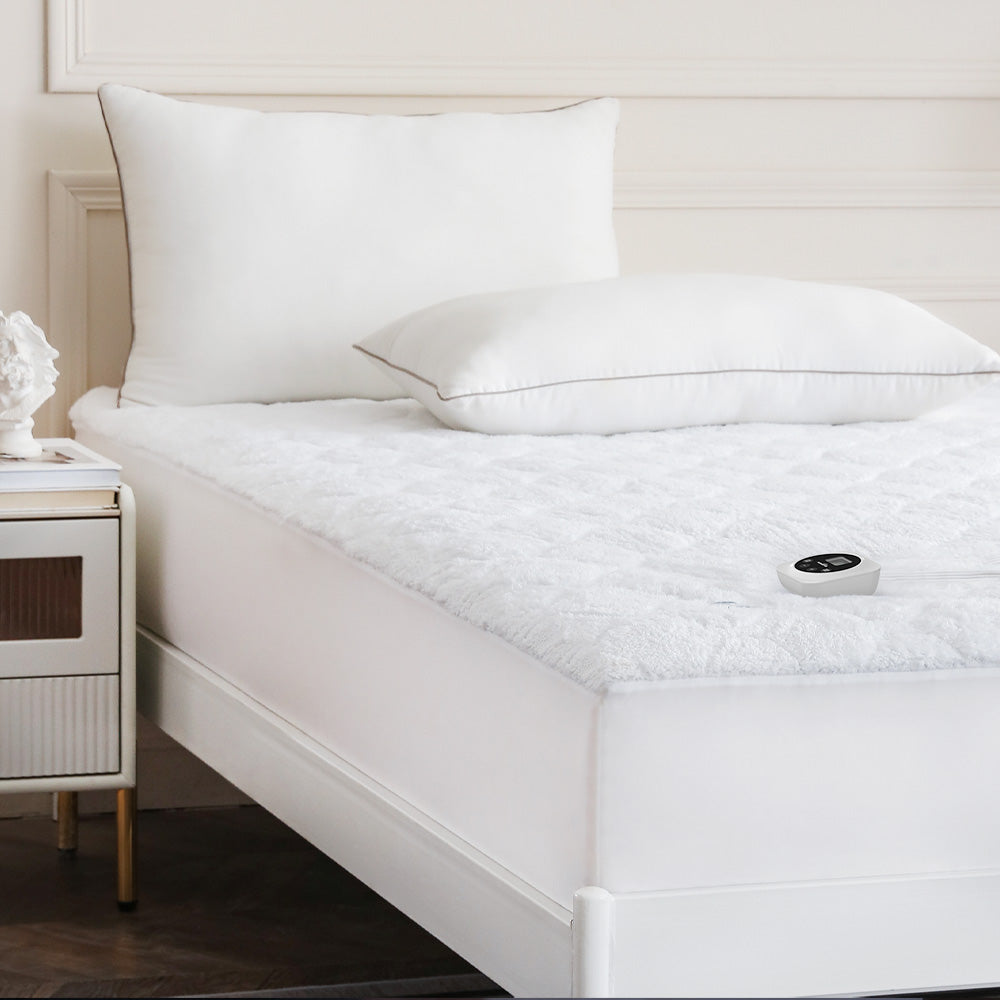
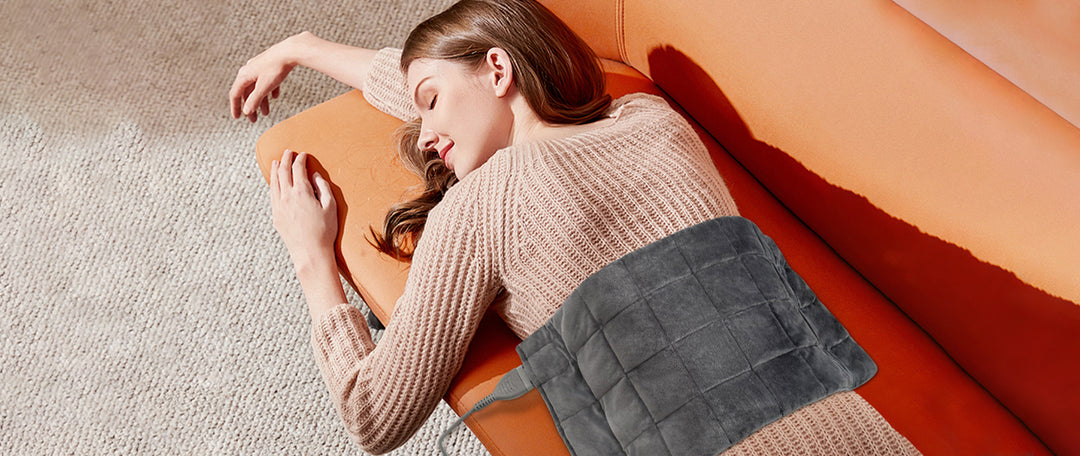
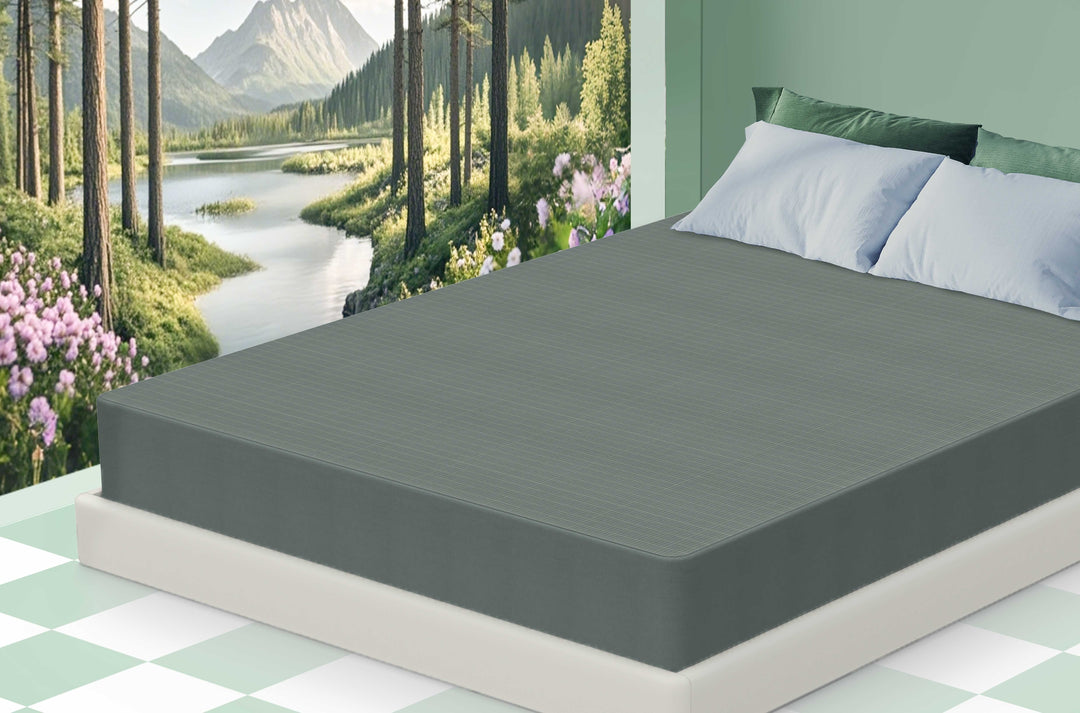



Leave a comment